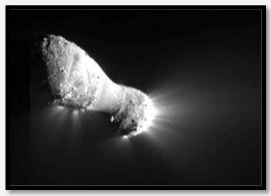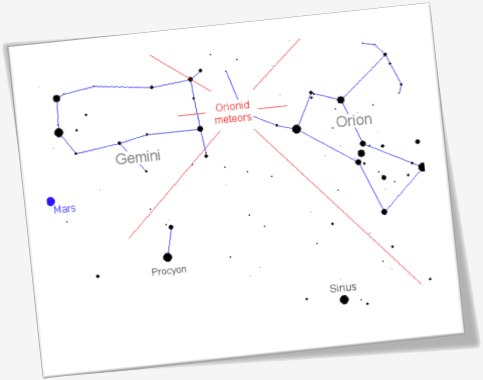 Astronomers using NASA’s Chandra X-ray Observatory have found evidence of the youngest black hole known to exist in our cosmic neighborhood. The 30-year-old object provides a unique opportunity to watch a black hole develop from infancy.
Astronomers using NASA’s Chandra X-ray Observatory have found evidence of the youngest black hole known to exist in our cosmic neighborhood. The 30-year-old object provides a unique opportunity to watch a black hole develop from infancy.
The black hole is a remnant of SN 1979C, a supernova in the galaxy M100 approximately 50 million light years from Earth. Data from Chandra, NASA’s Swift satellite, the European Space Agency’s XMM-Newton and the German ROSAT observatory revealed a bright source of X-rays that has remained steady during observation from 1995 to 2007. This suggests the object is a black hole being fed either by material falling into it from the supernova or a binary companion.
Excerpt from NASA Science News
For more information and images, visit the Chandra page.
Link to the Dec 14, 2010 NES chat with Black Holes expert, Dr. Sten Odenwald, NASA Goddard Space Flight Center
Link to NES module, Black Holes Math. (Must be logged into the NES Virtual Campus as a participant of the NES project)
Link to the NES Virtual Campus home page.
 In this installment of NASA Now, you’ll meet spacecraft pilot and engineer Steven Wissler, who talks about the challenges of flying a spacecraft remotely from Earth and the excitement of being part of a team that discovers something new about comets.
In this installment of NASA Now, you’ll meet spacecraft pilot and engineer Steven Wissler, who talks about the challenges of flying a spacecraft remotely from Earth and the excitement of being part of a team that discovers something new about comets.
 Astronomers using NASA’s Chandra X-ray Observatory have found evidence of the youngest black hole known to exist in our cosmic neighborhood. The 30-year-old object provides a unique opportunity to watch a black hole develop from infancy.
Astronomers using NASA’s Chandra X-ray Observatory have found evidence of the youngest black hole known to exist in our cosmic neighborhood. The 30-year-old object provides a unique opportunity to watch a black hole develop from infancy.
 Someday YOU may one of the people to walk around on Mars. That’s some day in the future — way in the future. But here’s your chance to have a presence on Mars soon! Send your name to Mars! Your name will be included with others on a microchip attached to the rover, Curiosity. Launch is scheduled for between Nov. 25 and Dec. 18, 2011, with a Martian arrival date of August 2012.
Someday YOU may one of the people to walk around on Mars. That’s some day in the future — way in the future. But here’s your chance to have a presence on Mars soon! Send your name to Mars! Your name will be included with others on a microchip attached to the rover, Curiosity. Launch is scheduled for between Nov. 25 and Dec. 18, 2011, with a Martian arrival date of August 2012.

 For the first time in almost 20 years, northern autumn is beginning on the night of a full moon. The coincidence sets the stage for a “Super Harvest Moon” and a must-see sky show to mark the change of seasons.
For the first time in almost 20 years, northern autumn is beginning on the night of a full moon. The coincidence sets the stage for a “Super Harvest Moon” and a must-see sky show to mark the change of seasons. Rocks examined by NASA’s Mars rover Spirit hold evidence of an ancient wet, non-acidic environment that may have been favorable for life. Confirming this mineral clue took four years of analysis by several scientists.
Rocks examined by NASA’s Mars rover Spirit hold evidence of an ancient wet, non-acidic environment that may have been favorable for life. Confirming this mineral clue took four years of analysis by several scientists.